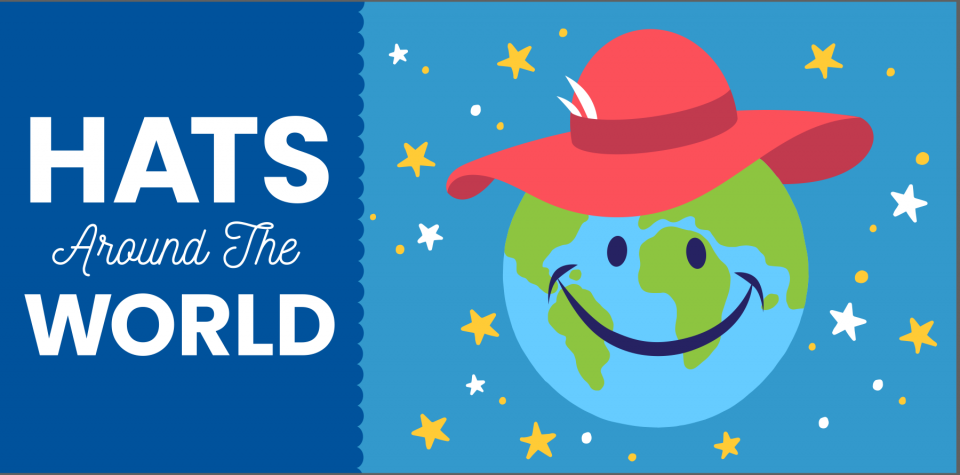
Hats Around the World
Go just about anywhere in the world, and you’ll find people wearing hats. As a species, we’ve been donning head coverings for at least 5,300 years, and probably a whole lot longer than that. Some are valuable for warmth. Others are status symbols, pieces of celebratory or ritual costume, personal statements, and more. To celebrate National Hat Day, let’s look at a few hats from around the world.
The Fascinator
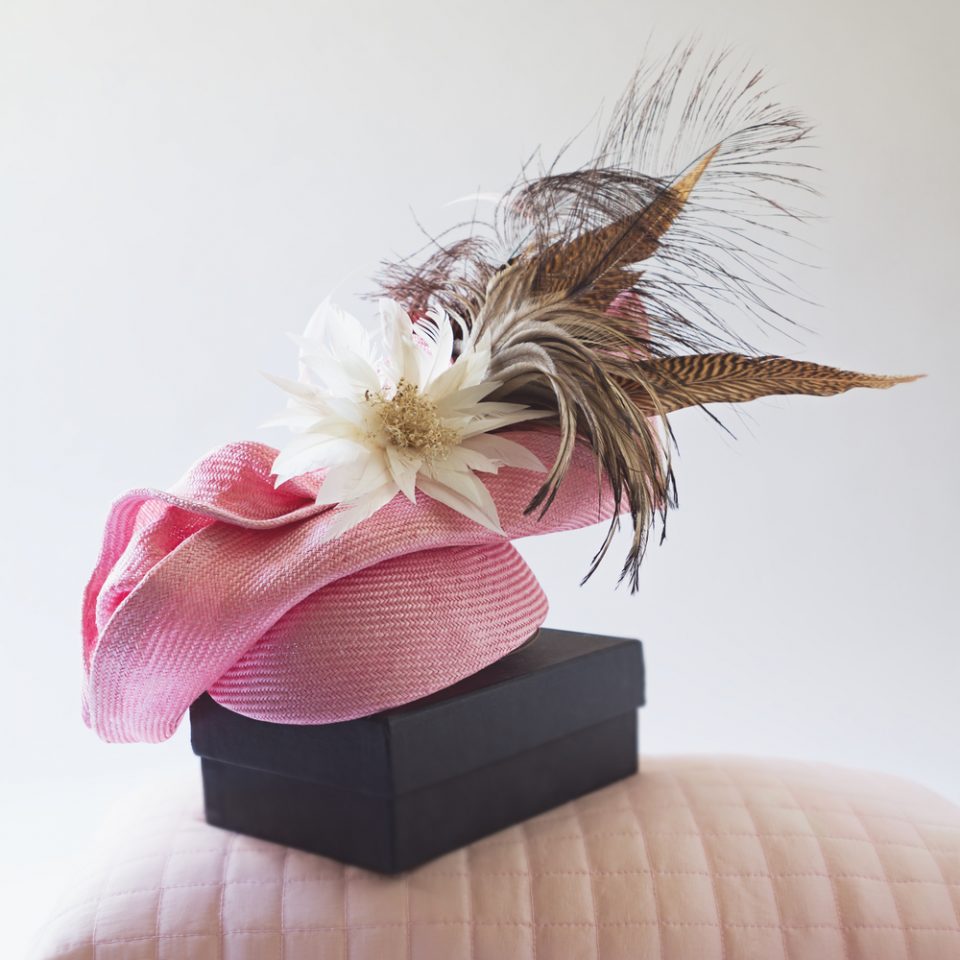
A British creation with roots stretching back to Tudor England, the fascinator is a stylized, one-of-a-kind hat often worn by women in high society for special events like royal weddings. With designs that are, well, fascinating, fascinators have taken many shapes, styles, and meanings over the centuries, from rebellious fashion statements to aspirational status symbols.
The Chullo
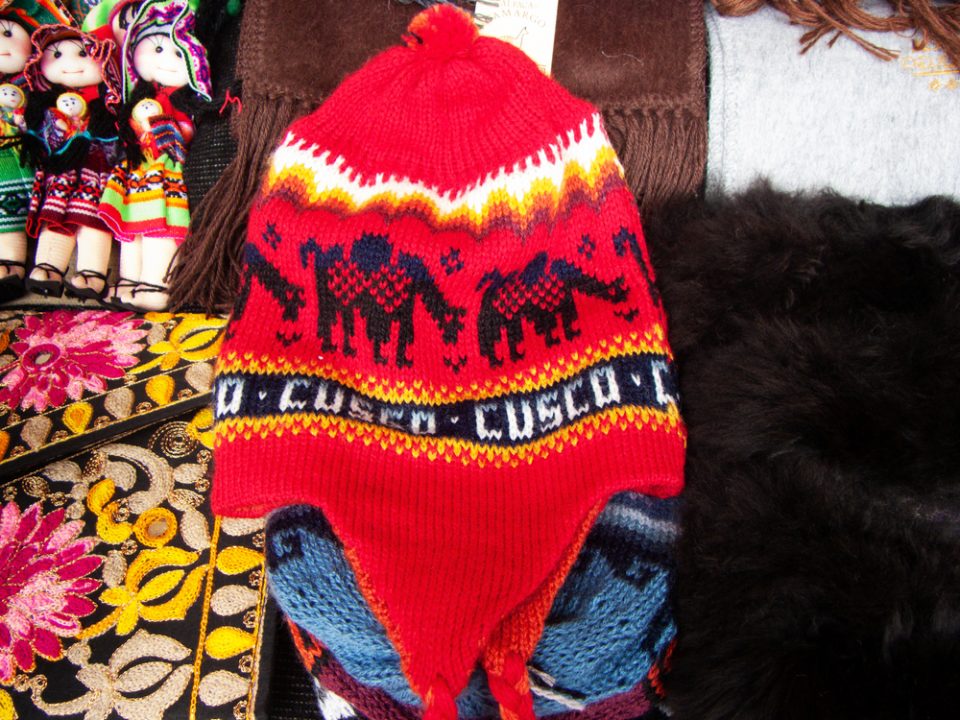
Hailing from the Andes Mountains of South America, the chullo is an iconic hat with ear flaps that trail long strings. Typically brightly colored, the hats can be simple workaday head warmers or extravagantly decorated affairs for special occasions. Though sold in many places, the chullo is most strongly associated with the region surrounding the city of Cusco, Peru.
The Kofia
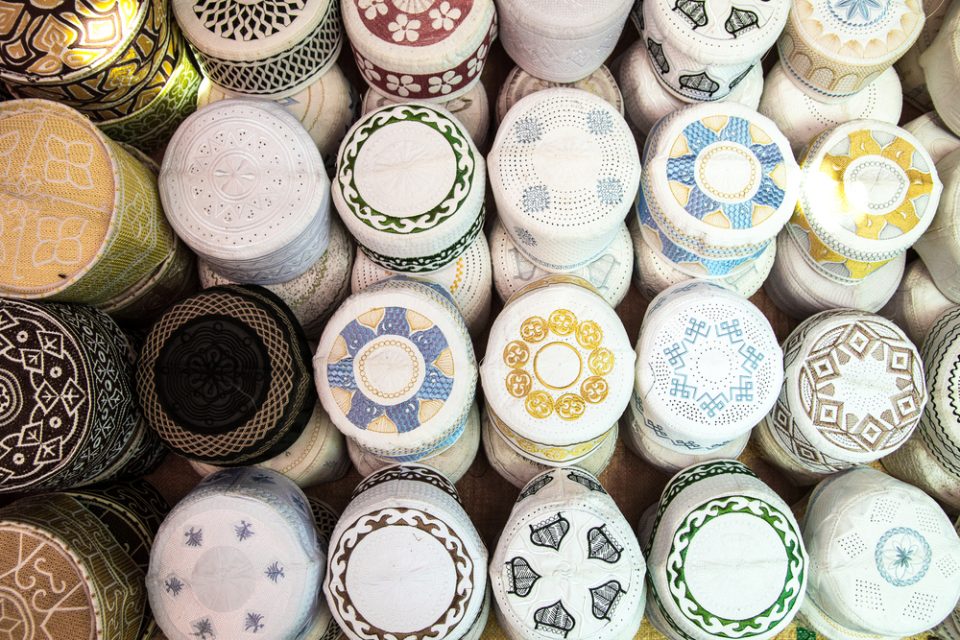
The Kenyan kofia is another hat worn for everyday use and special occasions. Kofia are embroidered on the top and sides, typically featuring several patterns that blend seamlessly together. In places like the city of Mombasa, Kenya, Muslim men often wear the hats during worship.
The Sombrero
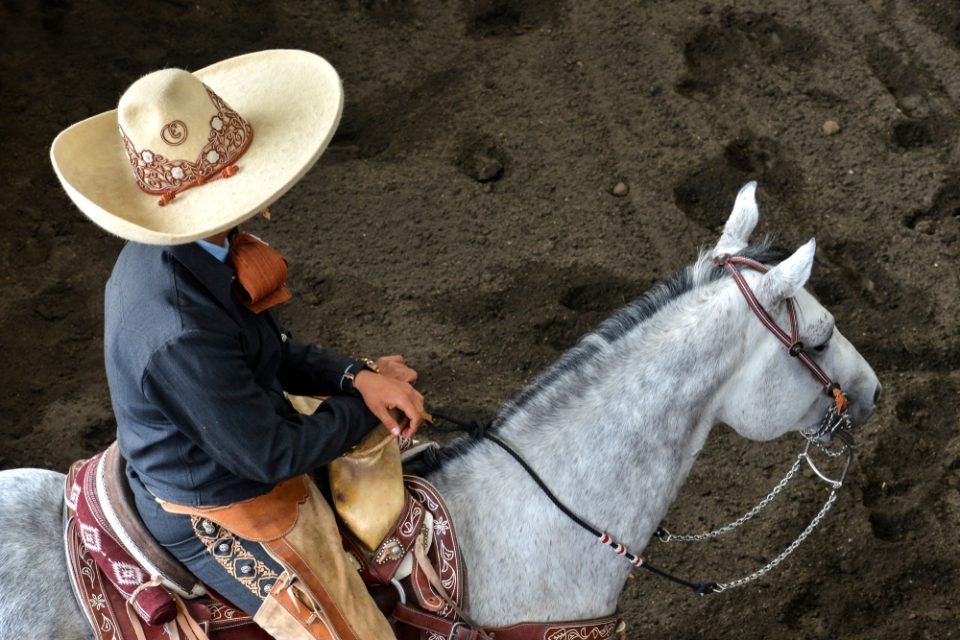
Originating in the 15th century, the lightweight Mexican sombrero originally helped shade farmers, ranchers, and others with its wide brim. Men from the upper classes in Mexican society wore fancier versions to show off their status. Nowadays, Mexican ranchers are more likely to wear cowboy hats, but elaborately decorated versions of the sombrero remain in regular use by members of mariachi bands or charro horseback riders during performances.
The Toquilla
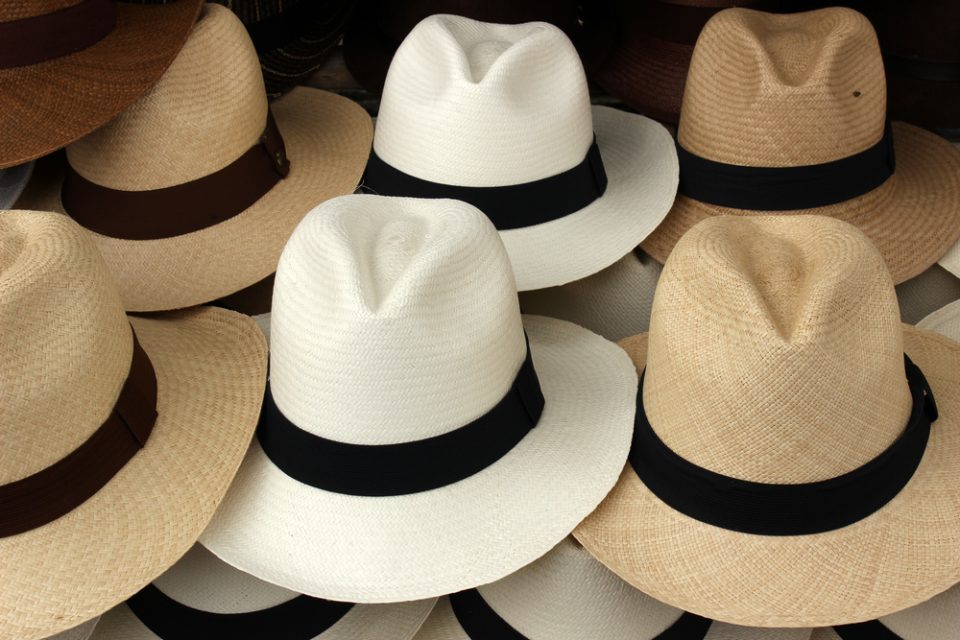
Although widely known in English as “Panama hats” because U.S. workers relied on them while building the Panama Canal, sombreros de paja toquilla (hats made from toquilla palm) actually come from Ecuador. In its coastal region of Manabi, people have been weaving the fronds of the toquilla palm into hats for thousands of years. The iconic design seen today was popularized in the 19th century, and Ecuador has been exporting the hats around the world ever since.
Together Time
For a fun creative exercise, ask your kids to design a hat to represent where they live. Start with function—does it need to be a warm hat that covers the ears in cold weather or a light hat to keep them cool on hot days? Does it need a wide brim to offer shade or no brim at all?
Then ask how it should be decorated. Is it a plain hat to wear while playing or a fancy hat for special occasions? What patterns or pictures could they put on it to represent their home? Should it have anything special like tassels, a pom-pom, or even a small stuffed animal attached to the top? If they get stuck, show them some of the images in this post for inspiration.
